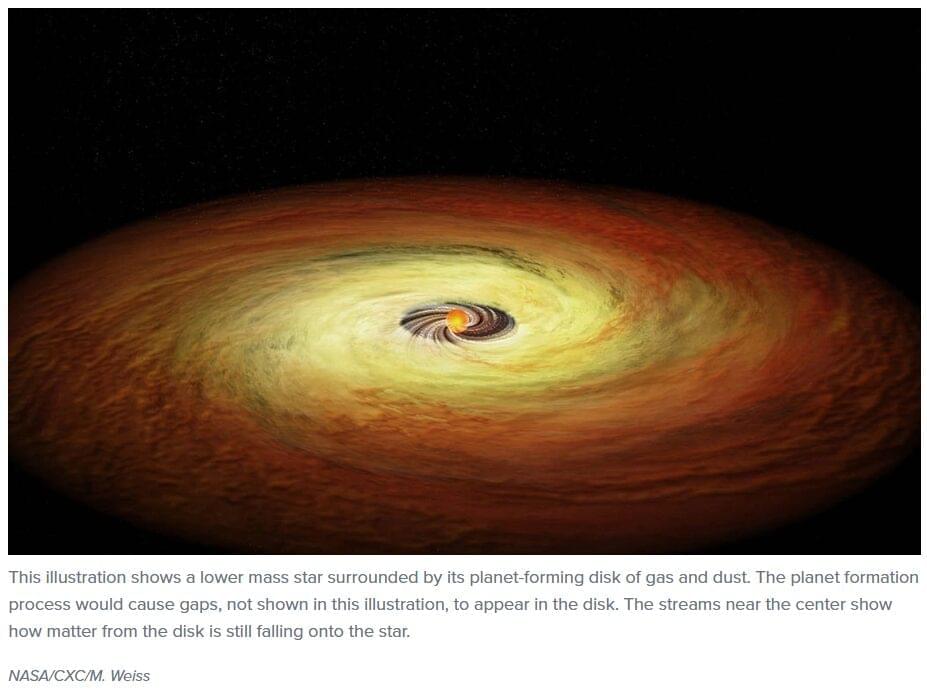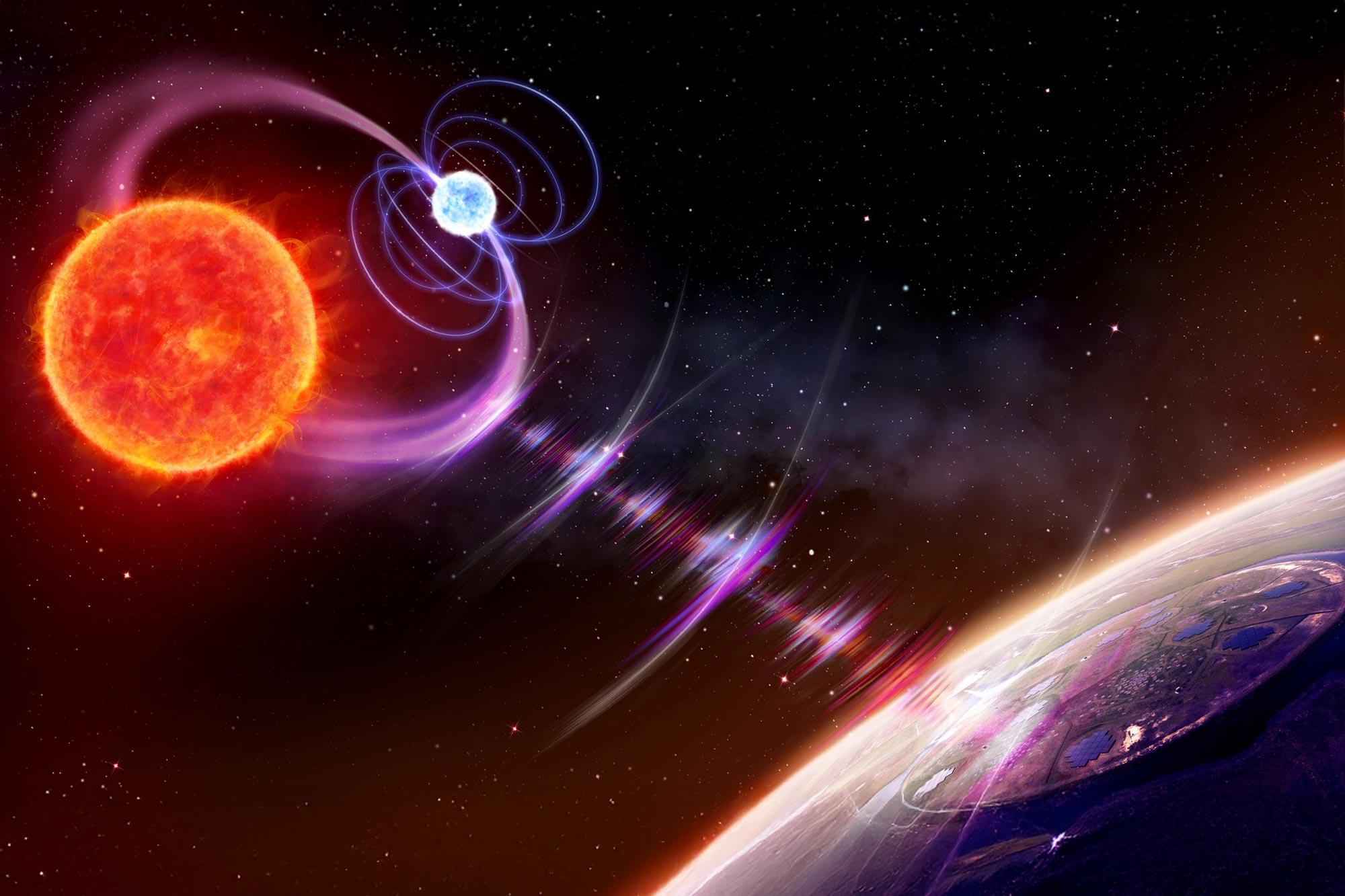Join us for a fascinating interview with Art Ramon, an OmniFuturist and surrealist artist who bridges traditional oil painting with cutting-edge AI art techn…
Category: space – Page 99

Japan’s Do-or-Die Space Defense Program: Commercial Technology to Play Key Role in New Architecture
Japan’s fledgling space defense sector is taking its cues from the US Space Development Agency, which is pursuing a novel concept based on constellations of small satellites and maximum use of existing commercial technologies. Space policy researcher Umeda Kota discusses the challenges facing Japan as it embraces the SDA’s “proliferated architecture” for military communications, missile detection and tracking, and other purposes.


Space Force unveils strategic plan for AI integration
WASHINGTON — The U.S. Space Force released a new strategy blueprint outlining how it plans to integrate artificial intelligence (AI) into its operations and improve AI literacy among its personnel. The document, titled “Data and Artificial Intelligence FY 2025 Strategic Action Plan,” was published March 19 in response to Defense Department directives calling for a more data-driven and AI-enabled force.
“The Space Force recognizes the critical role that data and artificial intelligence will play in maintaining space superiority,” Col. Nathen Iven, acting deputy chief of space operations for cyber and data, stated in the document.
The strategic plan outlines initiatives to “foster data literacy, equip our guardians with cutting-edge technologies, and drive innovation,” according to Iven.

Webb reveals planet-forming disks can last longer than previously thought
If there were such a thing as a photo album of the universe, it might include snapshots of pancake-like disks of gas and dust, swirling around newly formed stars across the Milky Way. Known as planet-forming disks, they are believed to be a short-lived feature around most, if not all, young stars, providing the raw materials for planets to form.
Most of these planetary nurseries are short-lived, typically lasting only about 10 million years—a fleeting existence by cosmic standards. Now, in a surprising find, researchers at the University of Arizona have discovered that disks can grace their host stars much longer than previously thought, provided the stars are small—one-tenth of the sun’s mass or less.
In a paper published in the Astrophysical Letters Journal, a research team led by Feng Long of the U of A Lunar and Planetary Laboratory, in the College of Science, reports a detailed observation of a protoplanetary disk at the ripe old age of 30 million years. Presenting the first detailed chemical analysis of a long-lived disk using NASA’s James Webb Space Telescope, the paper provides new insights into planet formation and the habitability of planets outside our solar system.


Attempt to Harness Energy from Earth’s Rotation
Experiments support a controversial proposal to generate electricity from our planet’s rotation by using a device that interacts with Earth’s magnetic field.
“It seems crazy,” says Chris Chyba of Princeton University, talking about the hollow magnetic cylinder he has built to generate electricity using Earth’s magnetic field. The cylinder doesn’t move—at least not in the lab—but it rotates with the planet and is thus dragged through Earth’s magnetic field. “It has a whiff of a perpetual motion machine,” Chyba says, but his calculations show that the harvested energy comes from the planet’s rotational energy. He and his colleagues now report that 18 microvolts (µV) are generated across the cylinder when it is held perpendicular to Earth’s field [1]. Next they have to convince other scientists that the effect is real.
Chyba became interested in electricity generation about a decade ago while studying a possible warming mechanism in moons moving through a planet’s magnetic field. He wondered if a similar effect might occur for objects on Earth’s surface.


Quantum ‘Tornadoes’ Spotted in Semimetal May Redefine Electronics
Physicists in Germany have led experiments that show the inertia of electrons can form ‘tornadoes’ inside a quantum semimetal.
It’s almost impossible for electrons to sit still, and their motions can take on some bizarre forms. Case in point: an analysis of electron behavior in a quantum material called tantalum arsenide reveals vortices.
But the story gets weirder. These electrons aren’t spiraling in a physical place – they’re doing so in a quantum blur of possibility called momentum space. Rather than drawing a map of particles potential locations, or position space, momentum space describes their motion through their energy and direction.
Euclid’s First Deep Fields Images Offer Glimpse Into ‘Dark Universe’
The ESA’s Euclid Space Telescope has already wowed us with some fantastic images. After launching in July 2023, the telescope delivered some stunning first images of the Perseus Cluster, the Horsehead Nebula, and other astronomical objects.
Now, the telescope has released its first images of its three Deep Fields.
Euclid features a powerful 600 MB camera that can take detailed images of objects like the Horsehead Nebula. However, its main job is to probe the history of the expansion of the Universe.